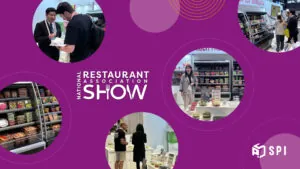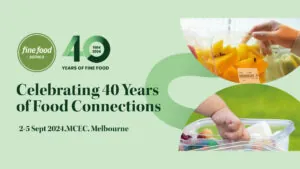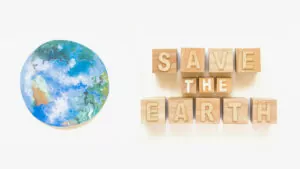Is all paper biodegradable, and are biodegradable plastics really possible? Let’s discuss the evidence…
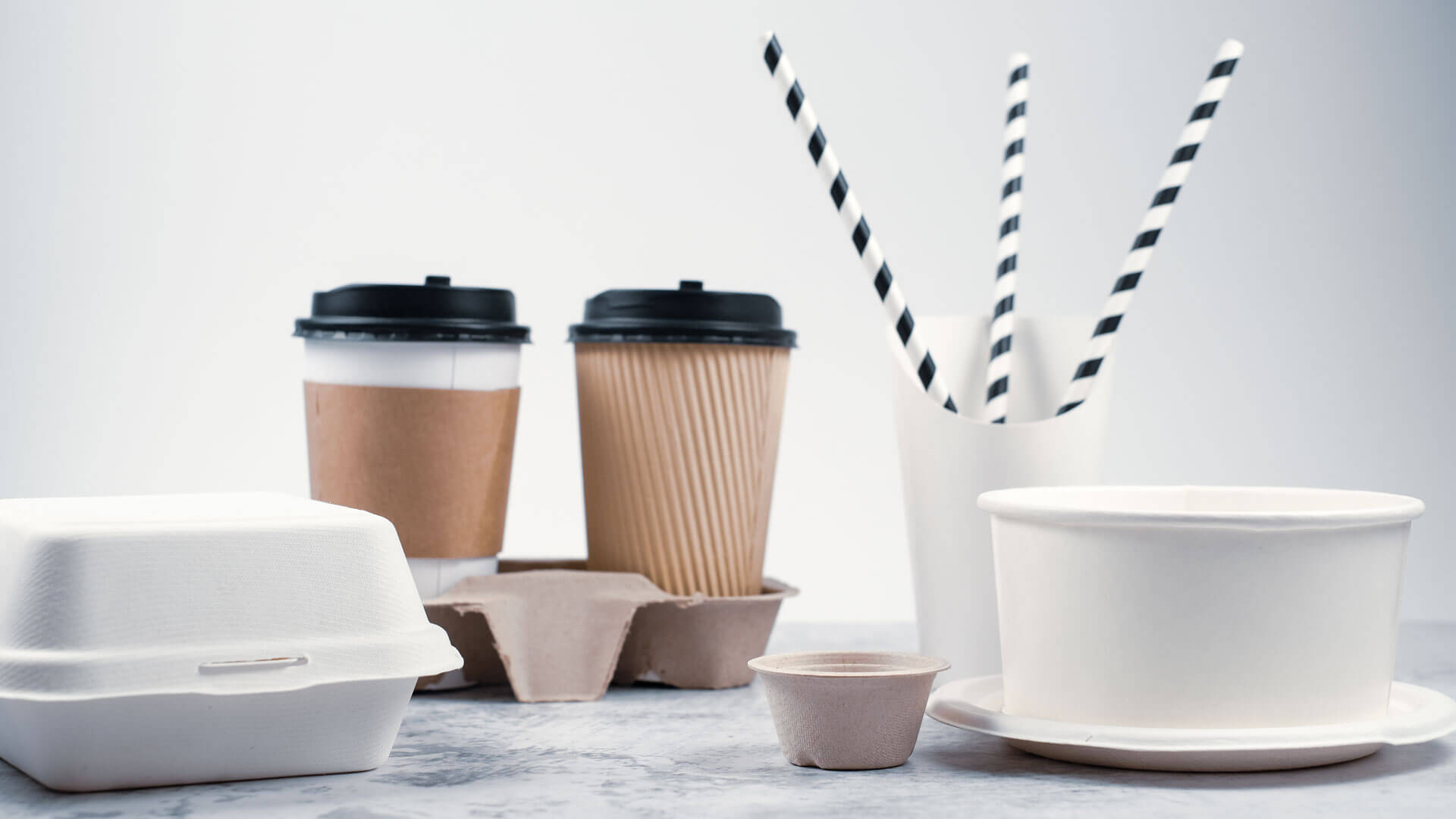
Consumers want food packaging to be sustainable, and laws to control packaging waste and better protect our environment are responding to consumer concerns and scientific evidence for climate change. Today all food packaging needs to be sustainable.
How can food packaging be made sustainable?
- Reduce the volume of material being used in packaging
- Reuse containers and packages as an alternative to disposal
- Recycle all food packaging
How does being biodegradable make food packaging more sustainable?
You may have reduced the volume of material used in your packaging design, and made your packaging reusable and recyclable, but there are going to be times when people can’t or won’t reuse or recycle your packaging and it will end up in landfill, or be discarded directly into the environment.
Most plastics left exposed to the natural environment produce harmful micro-plastic pollution that we are finding globally in the oceans and the food chain. This is why it is essential that plastic food packaging be made so it will biodegrade into harmless products in the natural environment if it is not recycled or reused.
So…what is biodegradable food packaging?
Biodegradable food packaging is made of materials that break down readily in the natural environment without producing harmful by-products. Unfortunately the way this happens and how complete and harmless the process is are not easily defined or clearly described when you encounter most biodegradable food packaging, and especially biodegradable plastics.
There are other genuinely biodegradable materials, including plastics that meet the PAS 9017 specification and do not require special processing to break down into harmless components in the natural environment. The problem is that identifying which biodegradable food packaging is genuinely eco-friendly can be confusing and difficult.
Paper food packaging should be biodegradable, and carbon neutral – it’s made from trees that absorb carbon when they are alive, and the carbon goes back into the environment in a closed cycle when the paper bag biodegrades.
Why should food packaging be biodegradable?
We need to start by thinking about what food packaging is designed to do. It has to be effective and attractive enough as packaging that people will be happy to buy the food that’s inside it. Being biodegradable seems at first to be an additional but non-essential feature, especially if the packaging is recyclable.
Effective food packaging meets five requirements
- Structurally strong
- Leak proof
- Uses food grade materials that cannot contaminate or change the taste of food
- Securely sealed & tamper evident
- Food is easy to see and identify without opening the packaging
To make biodegradable food packaging we need to add a sixth requirement, which is that food packaging should break down if it is discarded in the natural environment without producing harmful by-products.
Does paper food packaging meet the five requirements?
1. Structurally strong
You can make paper and card packing structurally strong, corrugated cardboard is good for making structural boxes and containers. Unfortunately it is also a very good habitat for insects, and this makes it a poor choice for long-term storage or reuse.
2. Leak proof
It’s not difficult to make leak proof containers out of paper or card if you coat it with waxes, plastic or metal foil. Unfortunately this makes the package more difficult to recycle and also reduces its biodegradable qualities.
3. Uses food grade materials that cannot contaminate or change the taste of food
Paper food packaging is not easy to make food grade due to health and safety concerns, and unless it is coated it tends to rapidly absorb moisture and grease from food, which can alter the taste of food and also make it a less pleasant experience for the consumer.
4. Securely sealed & tamper evident
It is difficult to seal paper and card packaging and make it tamper evident, this makes it best suited for very temporary packaging that is used at point of sale, for example in fast-food restaurants, but less well suited for food that is kept in chillers or on shelves for people to self-select.
5. Food is easy to see and identify without opening the packaging
Paper and card packaging are not transparent, and unless plastic windows are put into the packaging it is not possible to see what is inside. This makes it more difficult to recycle packaging as the plastic window needs to be separated from the paper package before disposal.
Do any fast food restaurants use biodegradable food packaging?
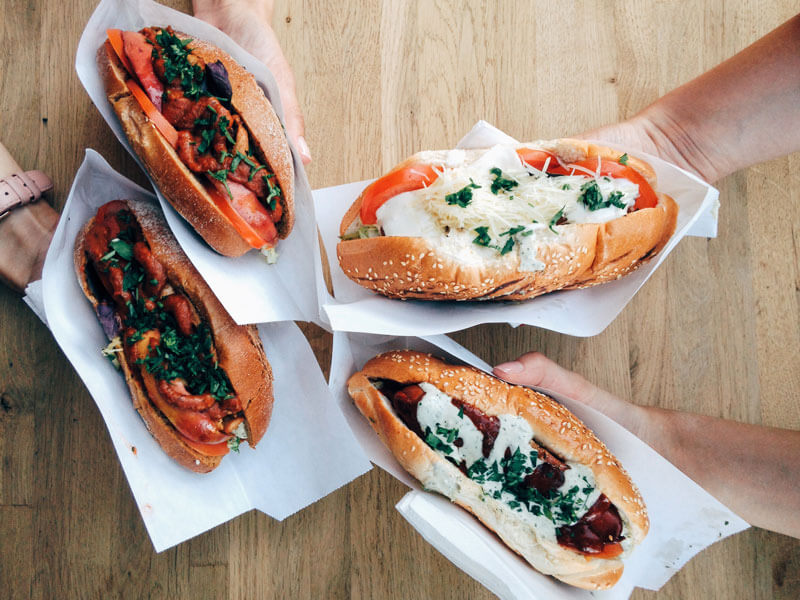
Fast food restaurants now commonly package food in card and paper for take out and eat-in. To make packaging that is greaseproof and waterproof you need to add waxes and coatings to the paper used to make it, and this is not always biodegradable.
There has been a trend in fast food restaurants to use paper food packaging to demonstrate a commitment to sustainability and environmental values. Unfortunately this has not worked out well, as people have discovered the packaging products being used are not as sustainable as they are claimed to be.
The Fast Food Straw Fiasco…
Sometimes paper packaging is less environmentally sustainable than plastic. Fast food restaurants have made claims for their paper packaging that don’t meet proper environmental standards, even though they might sound good and look good to the public.
There are serious greenwashing issues with paper and cardboard take out packaging being recyclable / biodegradable but people not actually recycling it. Fast food restaurants may talk about using recycled materials in their commitment to sustainable packaging, but they don’t offer evidence that their packaging is recycled after use.
How is food packaging disposed of?
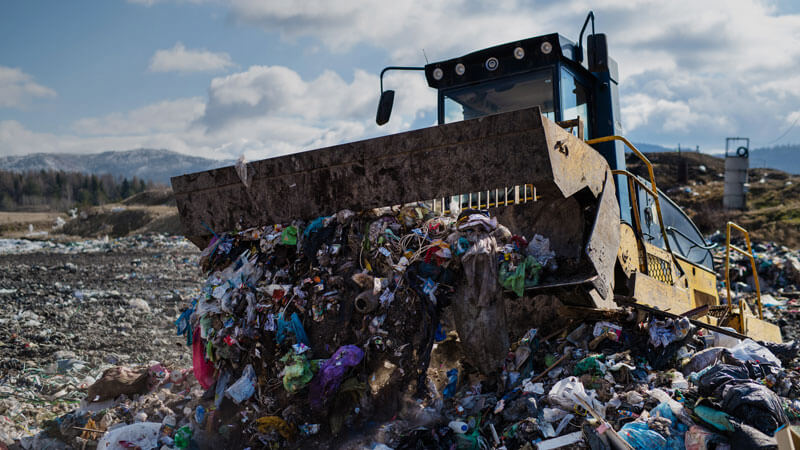
A high proportion of paper based food packaging ends up in landfill compared to recyclable plastic packaging. There are two reasons for this.
1. Food packaging contaminated with food waste cannot be recycled
Packaging that is contaminated with food waste is more likely to end up being put in garbage bins. Paper packaging usually cannot be cleaned enough to be recycled if it is greasy or has food particles stuck to it.
2. Clean, recyclable, plastic food packaging is easily recycled
Recyclable plastic packaging is easier to rinse and clean than paper packaging, and is seen to have a higher recycling value, so people will often rinse it off for recycling.
Is paper food packaging an environmentally friendly alternative to plastic?
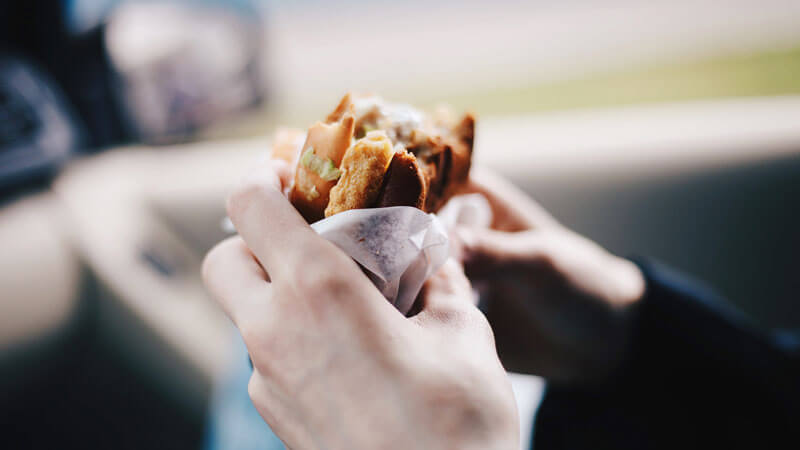
There are three things to consider when comparing paper and plastic food packaging:
- Carbon Footprint
- Biodegradability
- Sustainability
1. Carbon Footprint
Paper food packaging can have a very low carbon footprint, but that depends on where the paper is sourced, how far it travels, and whether it is recycled or biodegradable. Ideally paper food packaging would be sourced from local, renewable, tree plantations. In practice this is not very likely, so savings on carbon footprint from paper packaging are often very small.
2. Biodegradability
We assume paper packaging is biodegradable, but a lot of paper food packaging has coatings or construction details that make it much too durable to biodegrade easily, or even be recycled easily. It is possible to make plastic packaging that is entirely biodegradable as well as recyclable without compromising on strength and performance.
3. Sustainability
With paper food packaging we have to balance the apparent biodegradability and carbon neutral status of paper as a packaging material against the sort of paper packaging that ends up being used for food packaging, and what happens to it when it is disposed of. It turns out that plastic food packaging can be just as sustainable as paper.
What are the problems with biodegradable plastic packaging?
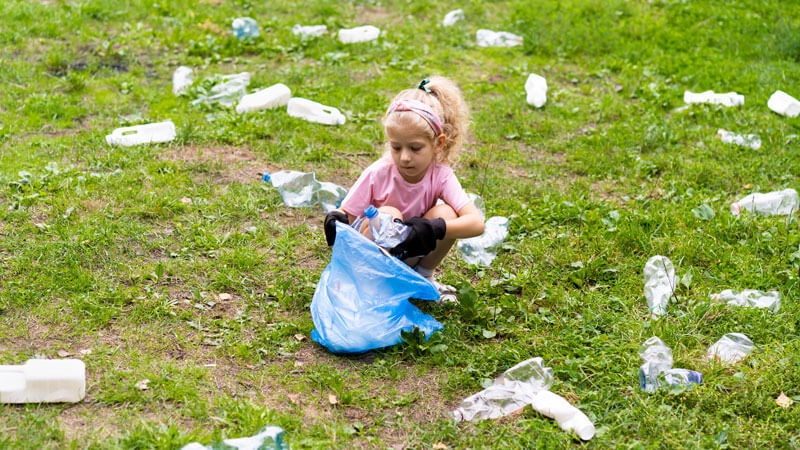
Most biodegradable plastic packaging doesn’t live up to expectations. Manufacturers often make unrealistic claims for marketing purposes. This gives biodegradable plastics a poor reputation for strength and performance, and most biodegradable plastics are not recyclable.
The three main issues with biodegradable plastic packaging
- Unrealistic claims are often made for marketing purposes
- Strength and performance needs to be as good as conventional packaging
- Biodegradable plastic packaging should be recyclable
Is there hope for biodegradable plastic packaging?
Fortunately there is hope for biodegradable plastic packaging, and this is helped by two recent developments:
- New certifications enable identification of truly biodegradable packaging
- New technology enables genuine naturally biodegradable packaging
Let’s look at these two developments in more detail:
1. New certification for biodegradable plastic packaging
It can be difficult to work out if biodegradable plastic packaging is really eco-friendly. The UN and Greenpeace have struggled to control and identify the truth behind claims that biodegradable plastic packaging is truly biodegradable in the natural environment.
The recent PAS 9017 Plastics. Biodegradation of polyolefins in an open-air terrestrial environment specification provides an evidence based method of evaluating the claims of biodegradable plastic packaging manufacturers. If plastic packaging does not meet the PAS 9017 standard it is not genuinely biodegradable.
2. New technology for genuinely biodegradable plastic packaging
Polymateria, a UK company, have developed a new process for harmless biodegradation in the natural environment. Their Biotransformation ® technology results in biodegradable plastics that have the same performance as conventional plastics, are recyclable, and also meet the PAS 9017 standard.
At South Plastic we use Biotransformation ® technology to offer PAS 9017 certified, genuinely biodegradable packaging solutions. Our Cycle+™ plastic packaging is biodegradable in the natural environment and can also be recycled alongside equivalent non-biodegradable plastics.
Cycle+™ : A Truly Biodegradable Plastic Packaging Solution
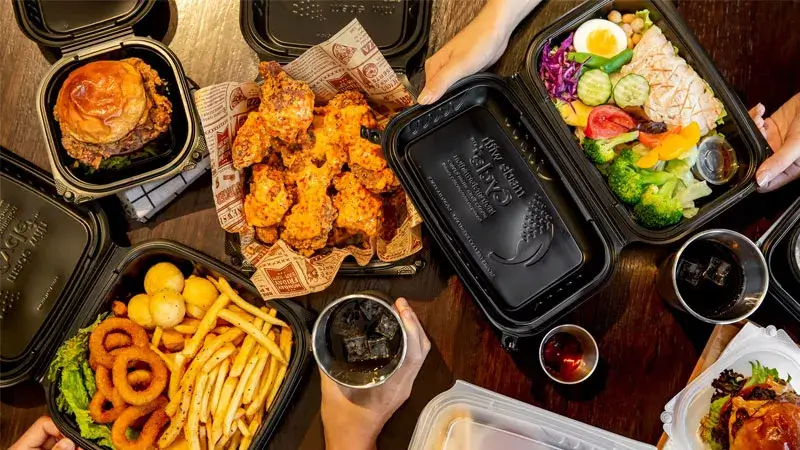
Cycle+™ packaging is part of the ongoing commitment of South Plastic to environmental protection and a sustainable economy. Recyclable and naturally biodegradable, Cycle+™ shows consumers that green solutions are achievable.
Cycle+™ has three major advantages as a biodegradable food packaging product:
- Same strength, durability & performance as conventional packaging
- Globally certified for food safety
- One-stop solution for microwave safe, tamper evident and ultra clear packaging
Looking back at the problems in making biodegradable paper packaging, we see these are not difficult to solve with plastic food packaging, but to make environmentally friendly plastic food packaging a revolutionary biodegradable process was required.

With biotransformation we can offer a genuinely biodegradable plastic food packaging solution that ticks all the boxes for strength and performance, recyclability, freedom from potentially hazardous contaminants, and harmless biotransformation in the natural environment.
Contact us to discuss how our genuinely biodegradable solution can meet all your sustainable food packaging requirements.
